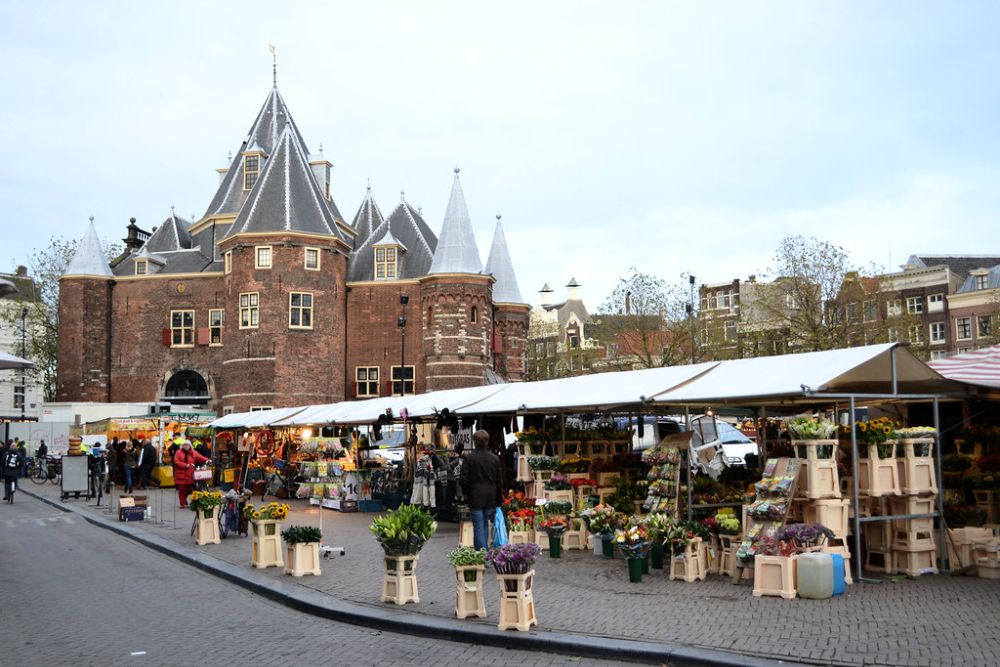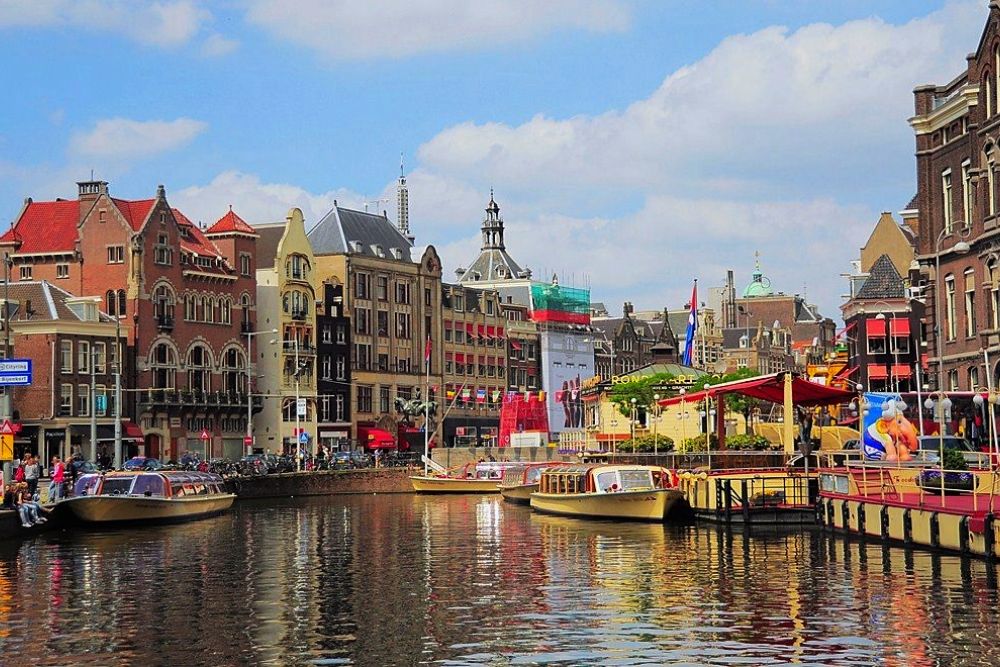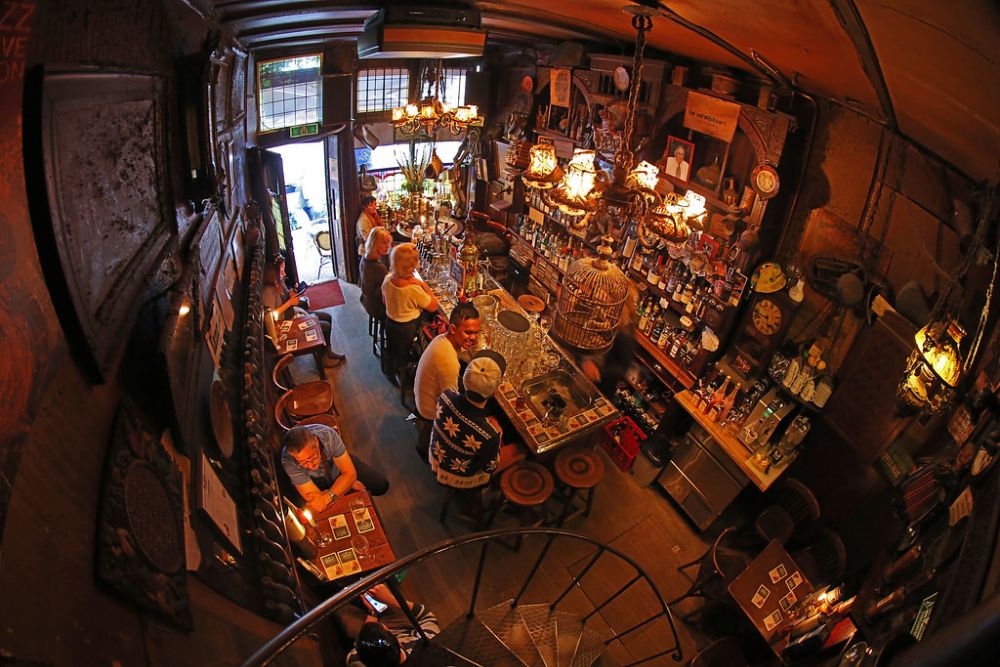Amsterdam’s famous canals, coffee shops, and red-light district capture most visitors’ attention, but the city’s real personality emerges in quieter neighborhoods and unexpected corners. Beyond the crowded Dam Square and tourist-packed museums lies a network of local haunts, hidden courtyards, and cultural gems that most travelers never discover. These are the places where Amsterdammers actually live, work, and spend their free time away from the tour groups and souvenir shops.
The best way to experience authentic Amsterdam is to venture beyond the central canal ring into neighborhoods that feel like genuine communities rather than outdoor museums. Here is a list of 20 off-the-beaten-path activities that will show you the Amsterdam locals know and love.
Begijnhof Courtyard
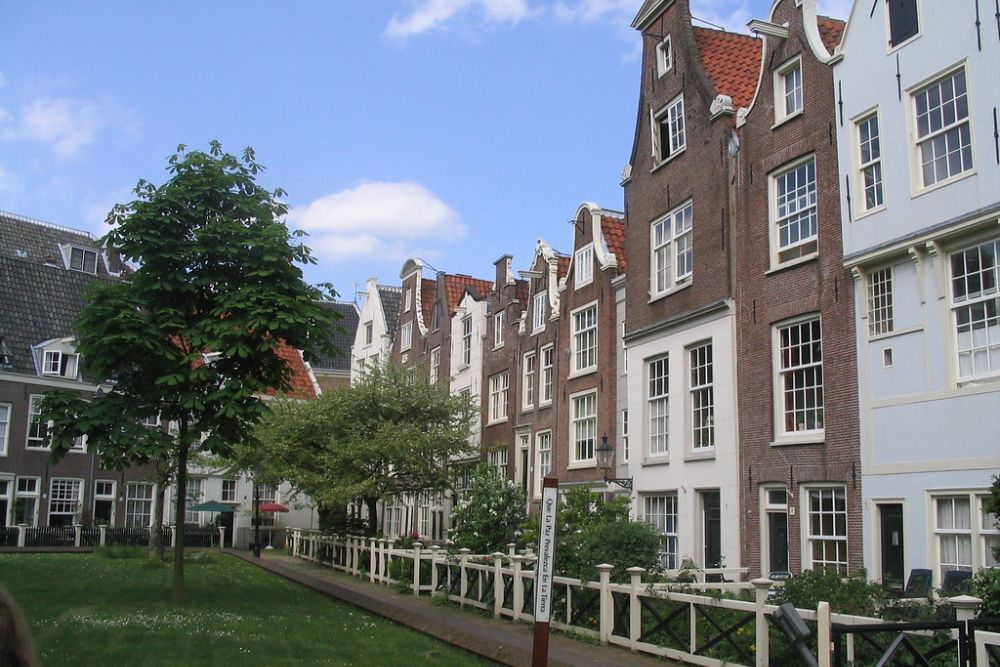
This medieval courtyard, situated in the city center, feels like a secret garden, surrounded by historic houses and a hidden church. The Begijnhof was originally home to religious women who lived independently, and the peaceful atmosphere remains unchanged after more than 700 years.
You enter through an unmarked door that most people walk past without noticing.
NDSM Wharf
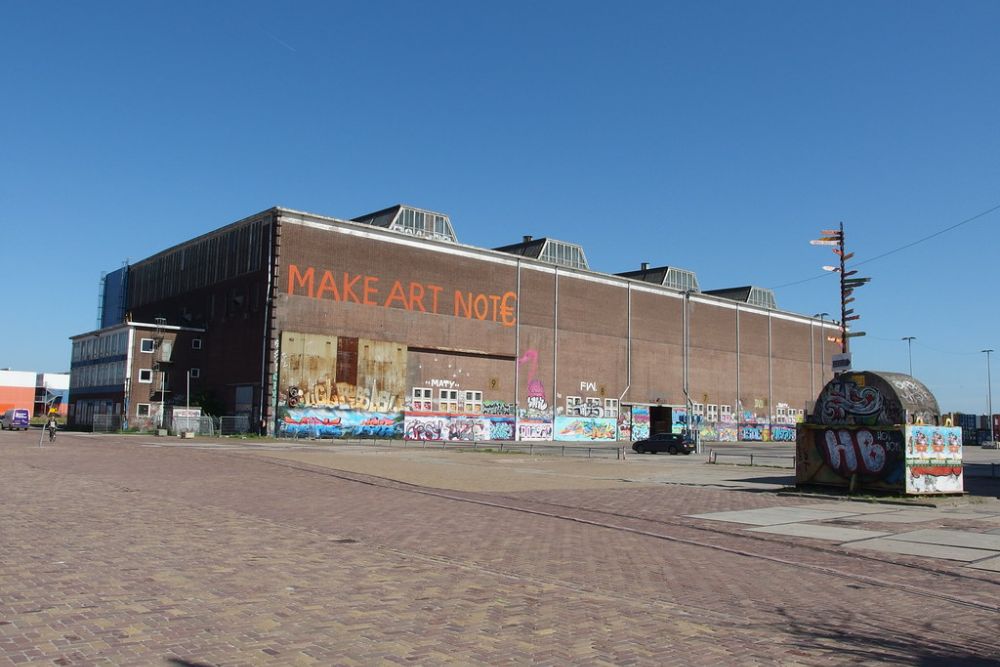
This former shipyard, located across the IJ river, has transformed into Amsterdam’s most creative neighborhood, featuring artist studios, vintage markets, and waterfront restaurants. The industrial buildings now house everything from theater companies to design studios, creating a completely different vibe from the historic city center.
You can reach it by taking a free ferry that locals use for their daily commute.
Like Travel Pug’s content? Follow us on MSN.
Vondelpark Rose Garden

While everyone knows Vondelpark, few visitors discover the formal rose garden tucked away in its southeastern corner. Over 70 varieties of roses bloom here from May through October, creating a fragrant oasis that feels more like a private estate than a public park.
Local gardeners maintain it with obvious pride, and it’s where neighborhood residents bring their morning coffee.
Café de Reiger
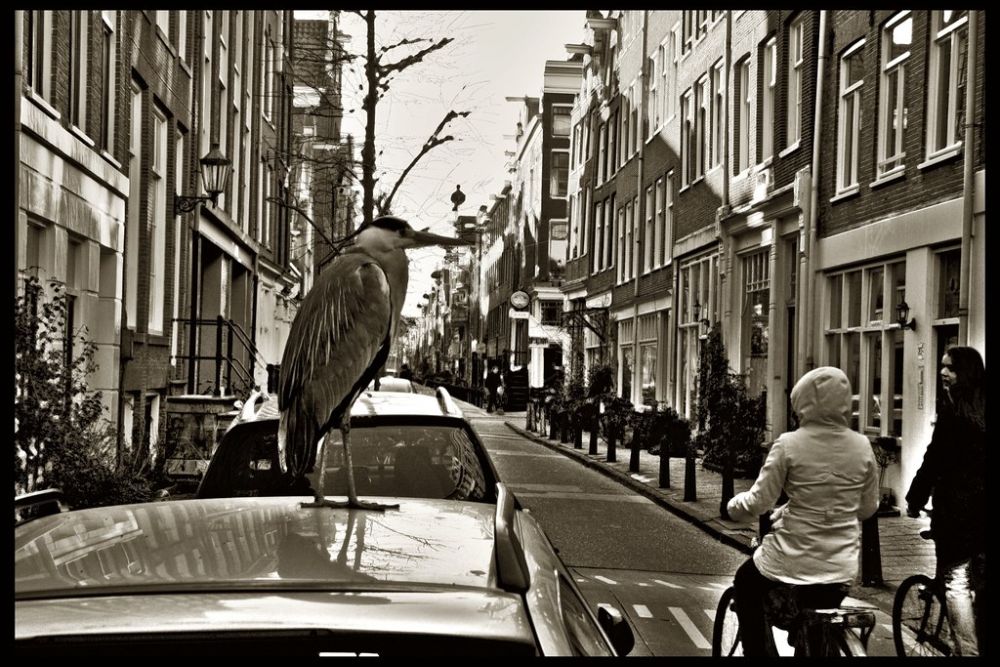
This brown café in the Jordaan district has operated continuously since 1892 and maintains the authentic atmosphere of a neighborhood pub. The walls are stained amber from decades of conversation, and the wooden floors creak with history, while locals gather for chess games and heated discussions about football.
The kitchen serves traditional Dutch comfort food that hasn’t changed much since your great-grandmother’s time.
EYE Film Museum Rooftop
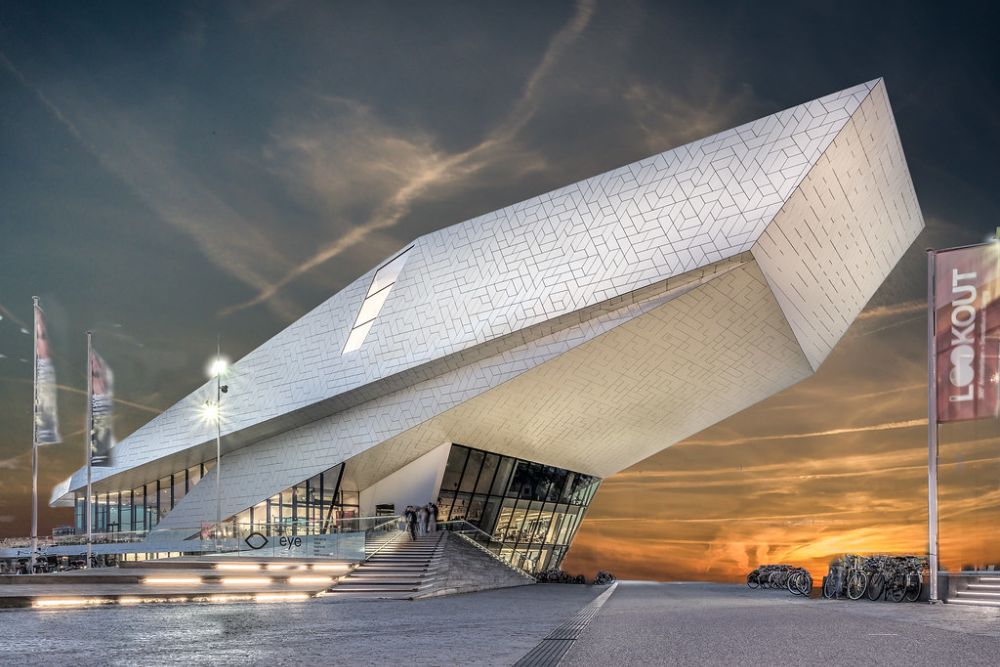
The museum’s striking architecture draws attention, but the real treasure is the rooftop terrace, which offers panoramic views across the IJ river to Amsterdam’s skyline. You can visit the terrace without paying museum admission, making it one of the best free viewpoints in the city.
The modern building creates an interesting contrast with the historic city center spread out below.
Like Travel Pug’s content? Follow us on MSN.
Noordermarkt Saturday Farmer’s Market
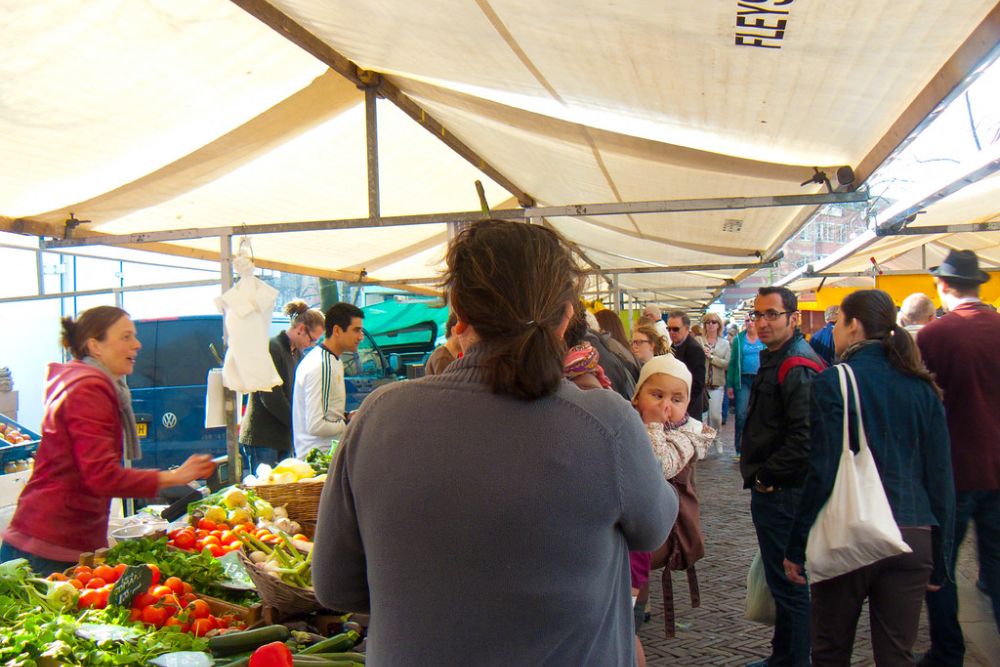
This weekly market attracts locals who come for organic produce, artisanal bread, and specialty foods that you won’t find in regular supermarkets. The square fills with the sounds of vendors calling out prices in Dutch while neighbors catch up on weekly gossip over fresh stroopwafels.
It’s genuine neighborhood commerce rather than tourist-oriented shopping.
Hortus Botanicus Greenhouse Complex
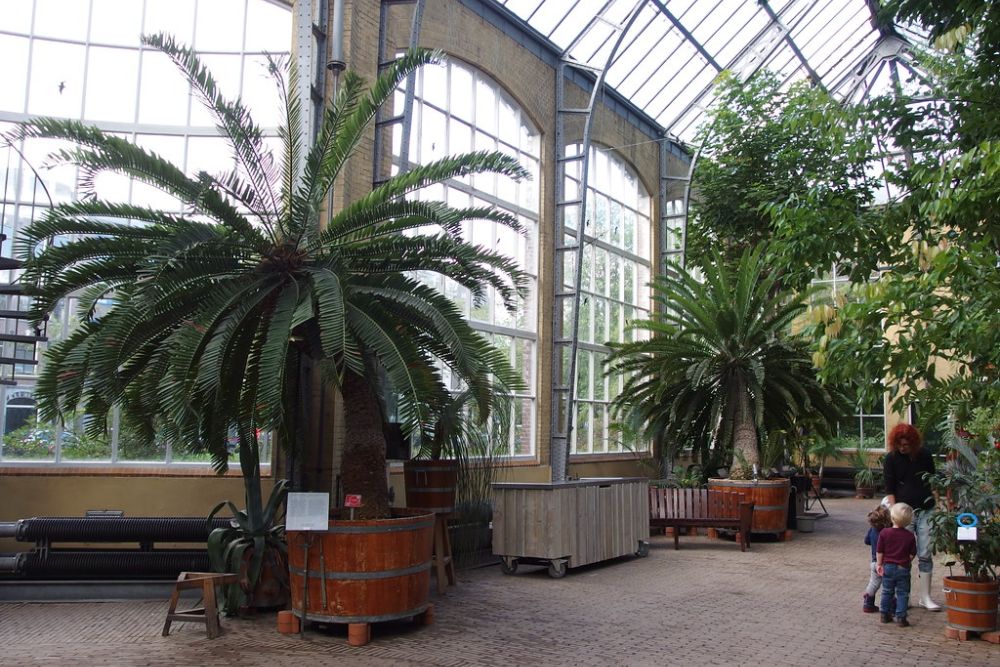
Amsterdam’s botanical garden features spectacular greenhouse environments that recreate ecosystems from around the world, including a three-climate greenhouse that has been operating since 1912. The tropical section maintains 80% humidity year-round and houses plants that are hundreds of years old.
It’s like traveling through different continents without leaving the city.
Café Soundgarden
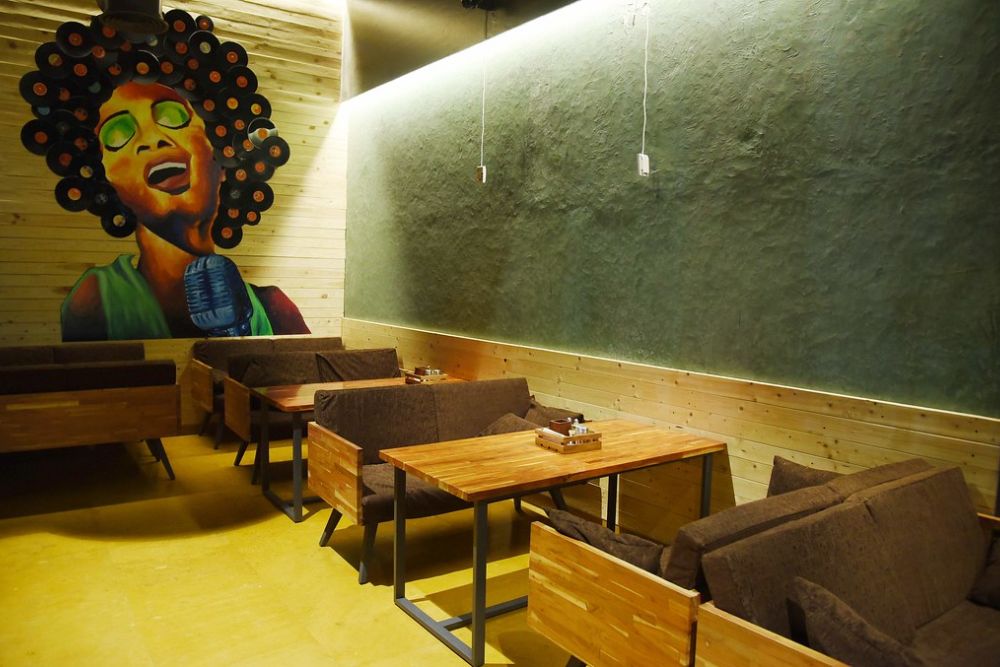
This music venue and bar books local bands and touring acts that play a range of genres, from punk to electronic music, in an intimate setting that accommodates around 200 people. The sound system is exceptional, and the crowd consists mainly of Amsterdam musicians and music lovers who know good live sound when they hear it.
Shows usually start late and go later, following European music venue traditions.
Like Travel Pug’s content? Follow us on MSN.
Westerpark Area
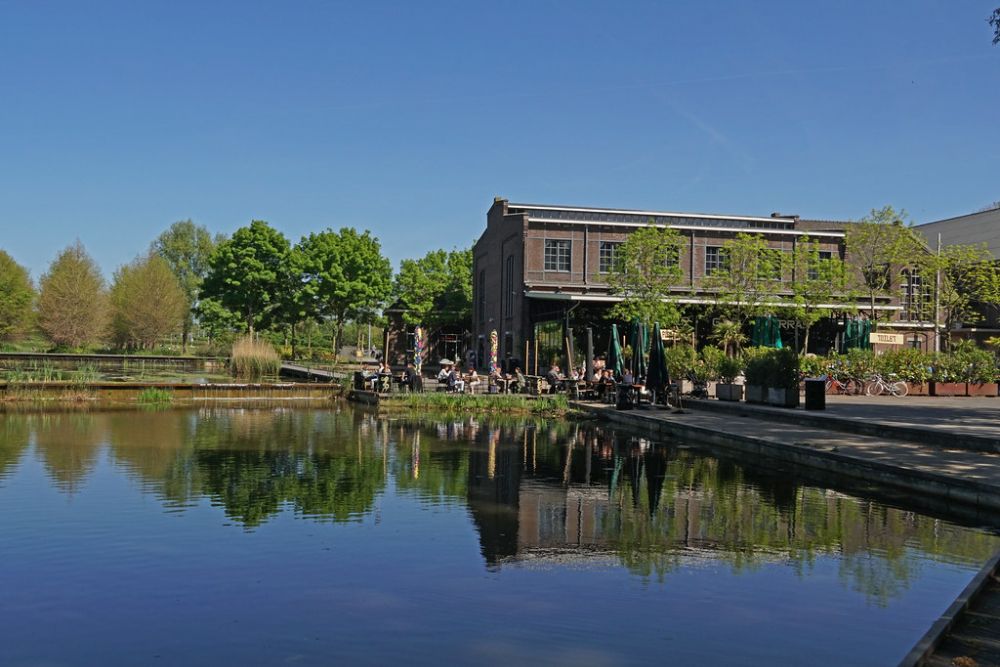
This former industrial zone has evolved into a cultural district where locals gather for weekend markets, outdoor concerts, and casual dining, all away from the tourist crowds. The park itself includes walking paths, playgrounds, and open spaces where families gather for picnics and kids play football.
Former gas works buildings now house restaurants, galleries, and event spaces that maintain their industrial character.
De Kas Restaurant
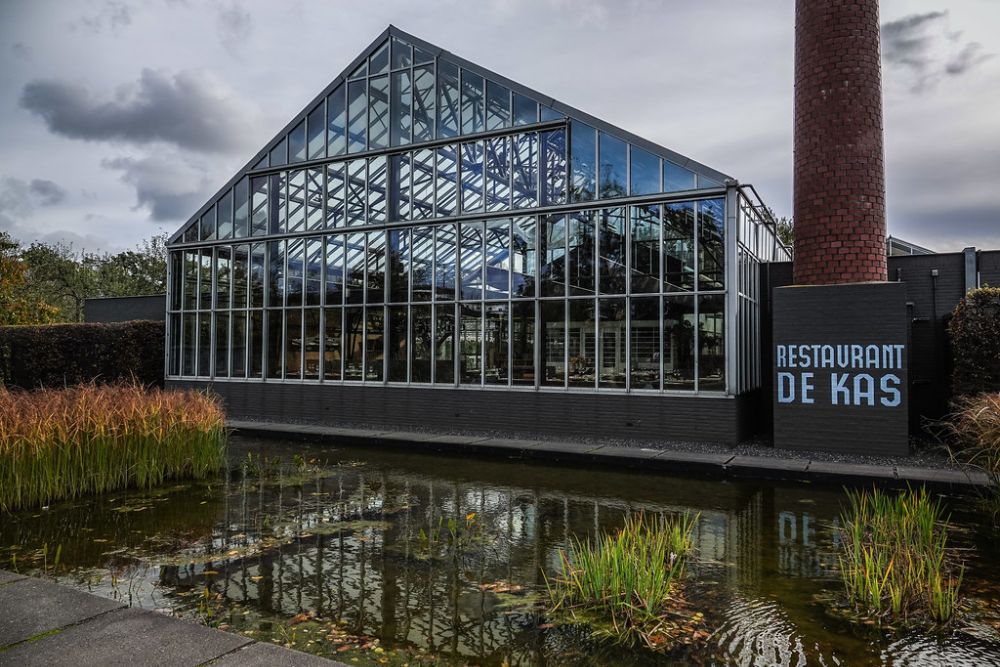
Built inside a 1920s greenhouse, this restaurant grows its vegetables and herbs in the same space where diners eat among the plants. The menu changes based on what’s ready to harvest, creating a farm-to-table experience that’s literally happening around you.
Reservations are essential because locals discovered this place years ago and haven’t stopped talking about it.
Bloemenmarkt Early Morning
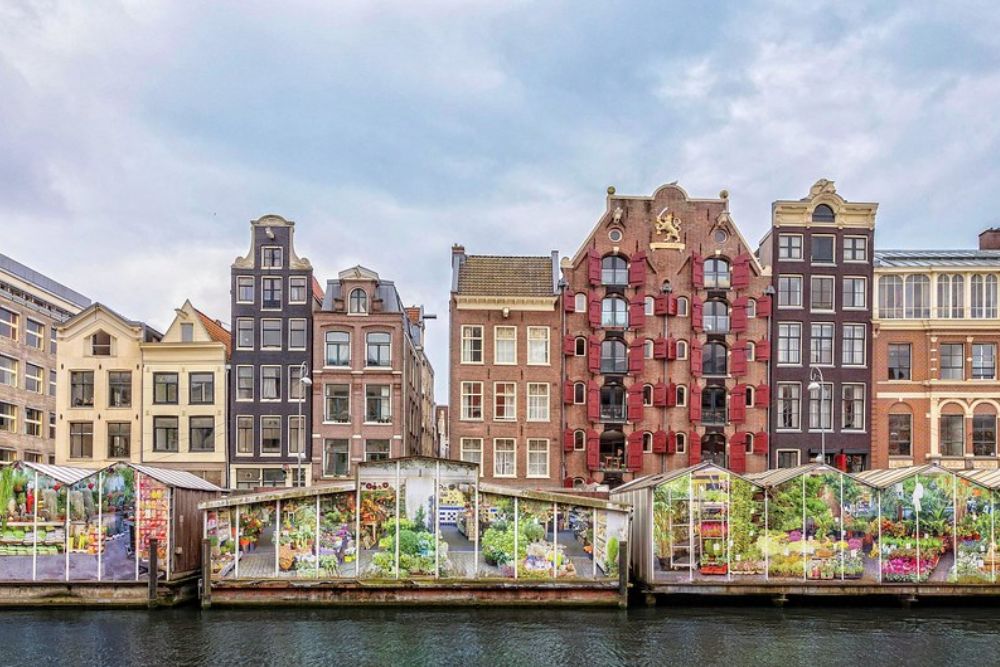
The floating flower market transforms completely before 9 AM when vendors are setting up and locals are buying flowers for their homes, rather than tourists buying tulip bulbs as souvenirs. The vendors move with practiced efficiency, and the flowers are at their freshest, creating a working market atmosphere rather than a tourist attraction.
You’ll see the difference immediately in both prices and selection.
Like Travel Pug’s content? Follow us on MSN.
Nieuwe Kerk Tower Climb
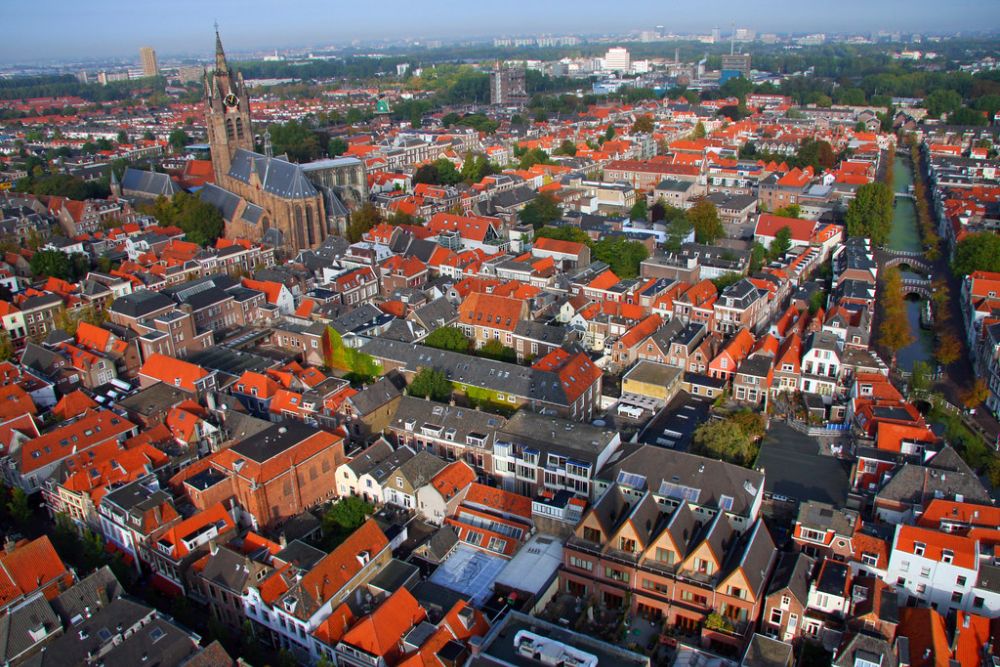
While the church itself hosts exhibitions, few visitors know you can climb the tower for views that are completely different from those at other Amsterdam viewpoints. The climb involves narrow spiral staircases and requires some physical effort.
Still, you’ll be rewarded with close-up views of the royal palace and perspectives on the canal system that you can’t get anywhere else. Tours are limited and must be booked ahead of time.
Like Travel Pug’s content? Follow us on MSN.
Jordaan District Hofjes
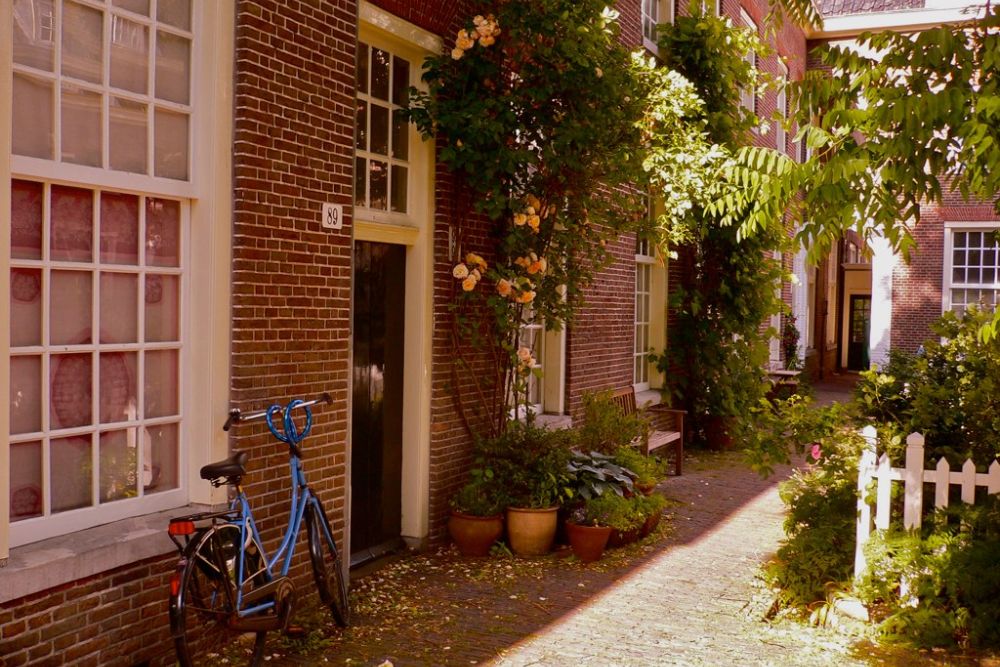
These hidden courtyards were built as housing for elderly women and continue to serve their original purpose, remaining open to respectful visitors. Each hofje has its character and history, featuring small gardens and historic buildings that create peaceful oases just steps away from busy streets.
The residents take pride in maintaining these spaces and appreciate visitors who understand their significance.
Like Travel Pug’s content? Follow us on MSN.
Brouwerij ‘t IJ
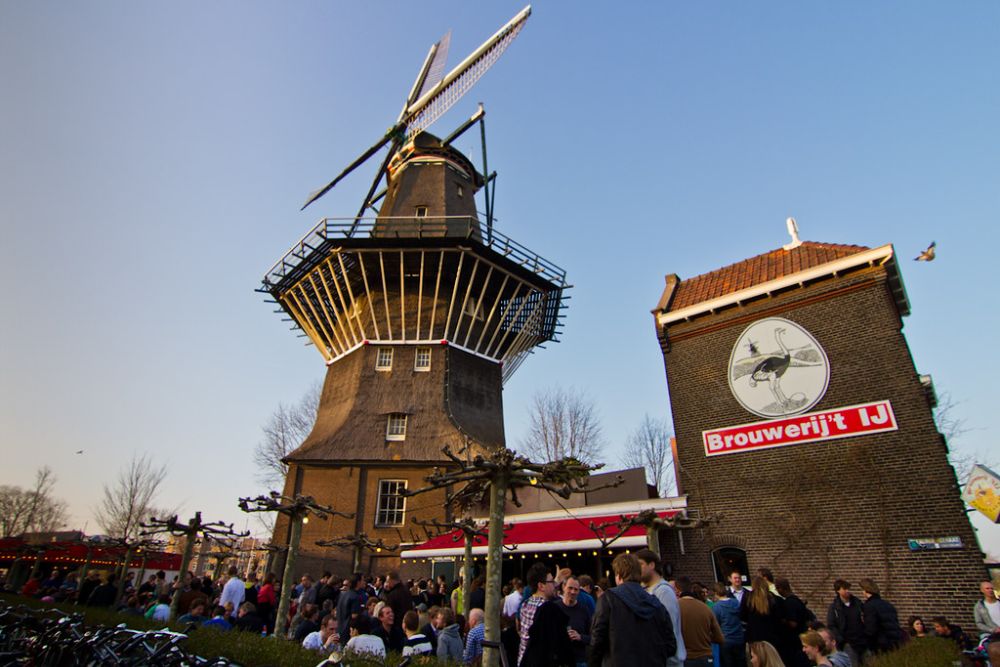
These hidden courtyards were built as housing for elderly women and continue to serve their original purpose, remaining open to respectful visitors. Each hofje has its character and history, featuring small gardens and historic buildings that create peaceful oases just steps away from busy streets.
The residents take pride in maintaining these spaces and appreciate visitors who understand their significance.
Like Travel Pug’s content? Follow us on MSN.
Oosterpark and Surroundings
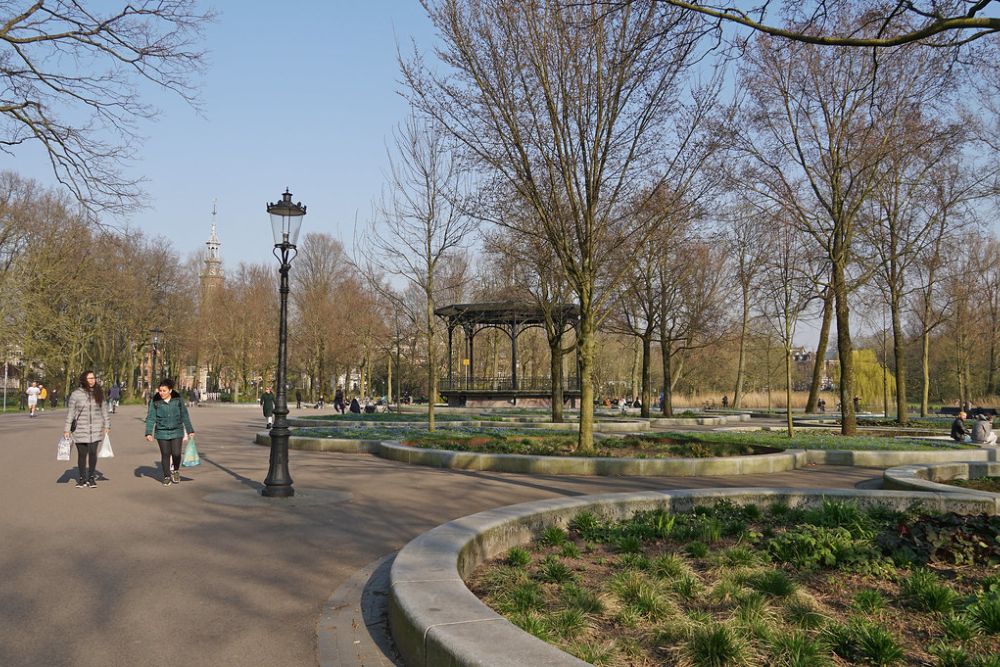
This neighborhood park serves as the heart of Amsterdam East, where diverse communities gather for festivals, sports, and daily life away from the tourist zones. The surrounding streets include some of the city’s best ethnic restaurants, vintage shops, and cafés that cater to locals rather than visitors.
It’s where you’ll hear multiple languages and see how modern Amsterdam actually functions as a multicultural city.
Museum van Loon Garden
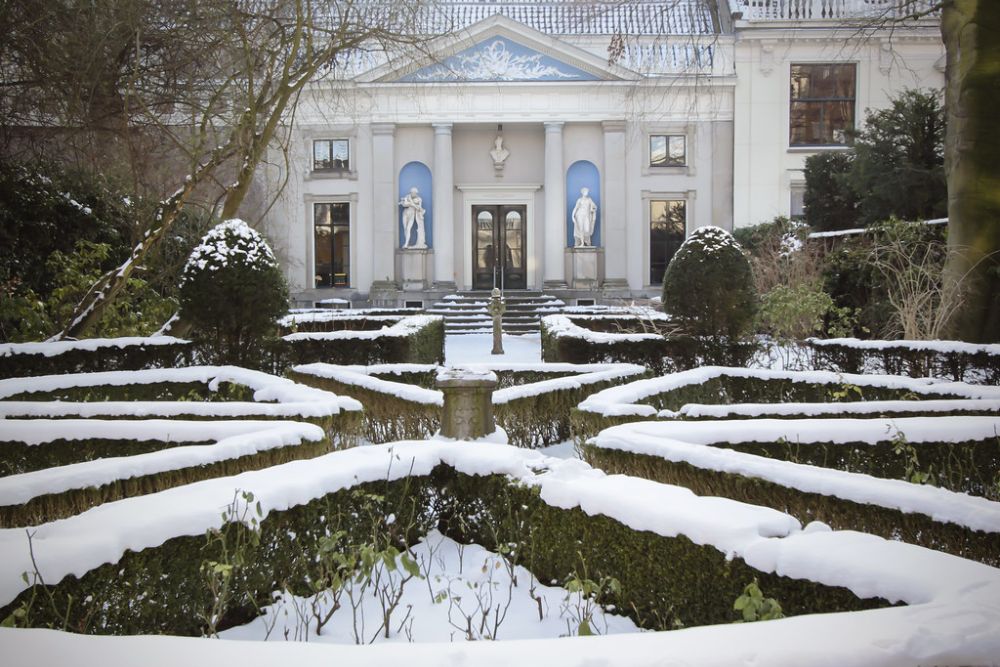
While the Canal House Museum receives some attention, the formal garden behind it remains a hidden treasure that recreates 18th-century landscape design. The garden features original elements, including a coach house and period plantings, that showcase how wealthy Amsterdam families lived during the Golden Age.
You can visit the garden separately from the house museum.
Nieuwmarkt Saturday Antique Market
This weekly antique market attracts serious collectors and browsers who come looking for everything from vintage jewelry to old books and curiosities. The vendors know their merchandise and prices reflect actual value rather than tourist markup, making it possible to find genuine treasures.
The market is surrounded by a historic weighing house, adding to the authentic atmosphere of Amsterdam.
Like Travel Pug’s content? Follow us on MSN.
Tolhuistuin
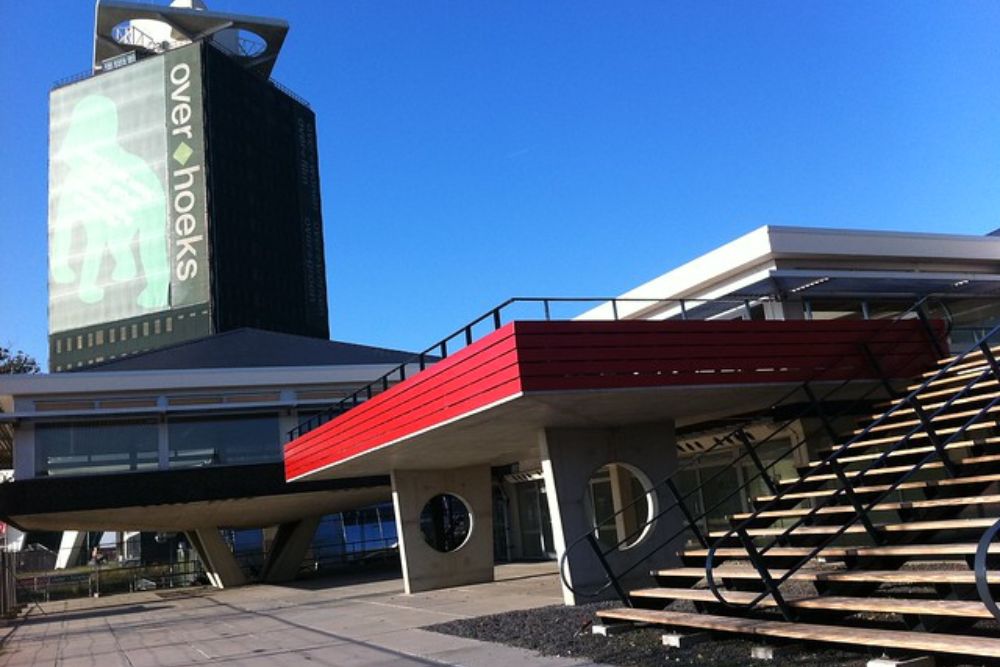
This cultural center, located in a former Shell laboratory building, hosts concerts, art exhibitions, and performances that attract Amsterdam’s creative community. The building retains its industrial character while housing multiple performance spaces, studios, and a restaurant with outdoor seating that overlooks the IJ River.
It’s where locals go to discover new artists and participate in Amsterdam’s contemporary cultural scene.
Amsterdam Noord by Bicycle
Crossing the IJ river by ferry with your bicycle opens up an entirely different Amsterdam experience in the former industrial area that’s becoming the city’s most interesting neighborhood. The streets are wider, the pace is slower, and you’ll find everything from urban farms to cutting-edge architecture that represents Amsterdam’s future rather than its past.
Local cyclists use these routes for their daily commutes, creating bike traffic that feels more relaxed than the tourist-heavy city center.
Café de Dokter
This tiny, brown café claims to be Amsterdam’s smallest bar, with room for approximately 15 people standing close together in a space that has remained unchanged since 1908. The bartender knows regular customers by name and pours jenever (Dutch gin) the traditional way, served ice-cold in small glasses alongside local beer.
It’s the kind of place where conversations start between strangers and friendships develop over multiple visits.
Like Travel Pug’s content? Follow us on MSN.
Amsterdam’s Living Canvas
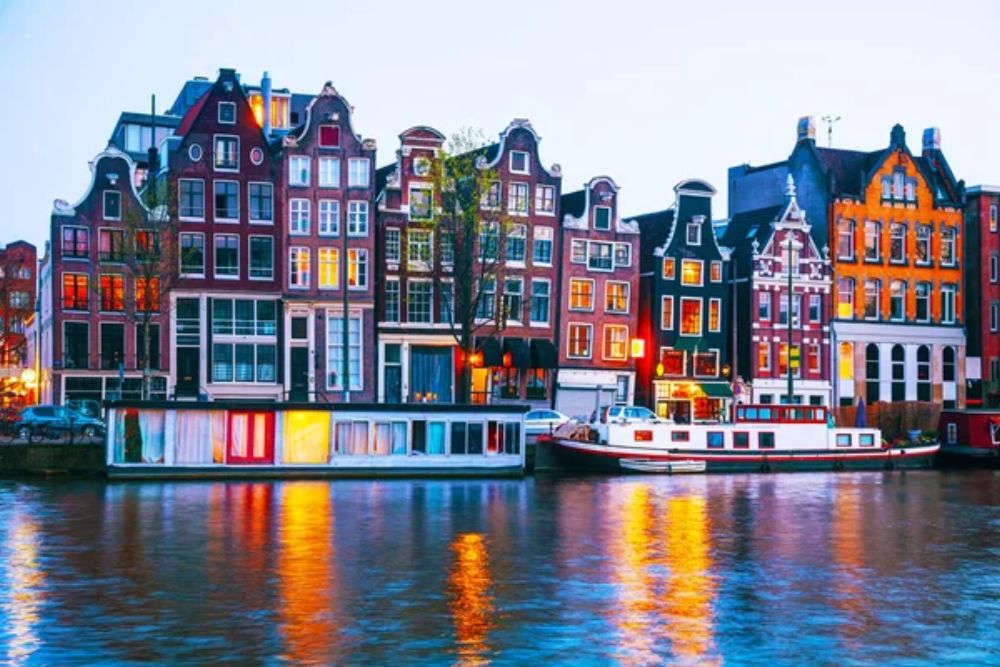
These off-the-beaten-path experiences reveal Amsterdam as a working city where people have built communities, pursued passions, and maintained traditions alongside the tourism industry that defines the city’s international image. Each location showcases Amsterdam’s ability to preserve its authentic character while adapting to modern life, whether that involves converting industrial buildings into cultural spaces or maintaining 700-year-old courtyards in the midst of a bustling metropolis.
The visitors who seek out these places often discover that Amsterdam’s greatest attraction isn’t any single landmark. Still, the way daily life continues to unfold in unexpected corners of a city that rewards curiosity. Amsterdam keeps its best stories for those willing to venture beyond the guidebook recommendations, creating connections that feel personal rather than prescribed.
More from Travel Pug

- 20 Best Beach Towns in the Carolinas
- 13 Destinations Where Tourists Regularly Regret Their Trip
- 20 Destinations That Are More Magical Without an Itinerary
- 20 Underrated Adventures That Belong on Your Travel List
- 20 Cities Where You Should Just Wing It, No Planning Required
Like Travel Pug’s content? Follow us on MSN.

